Geraniums: Versatile Beauties for Every Garden
Discover the beauty and versatility of geraniums for blooms, fragrance, and easy care in any garden setting.
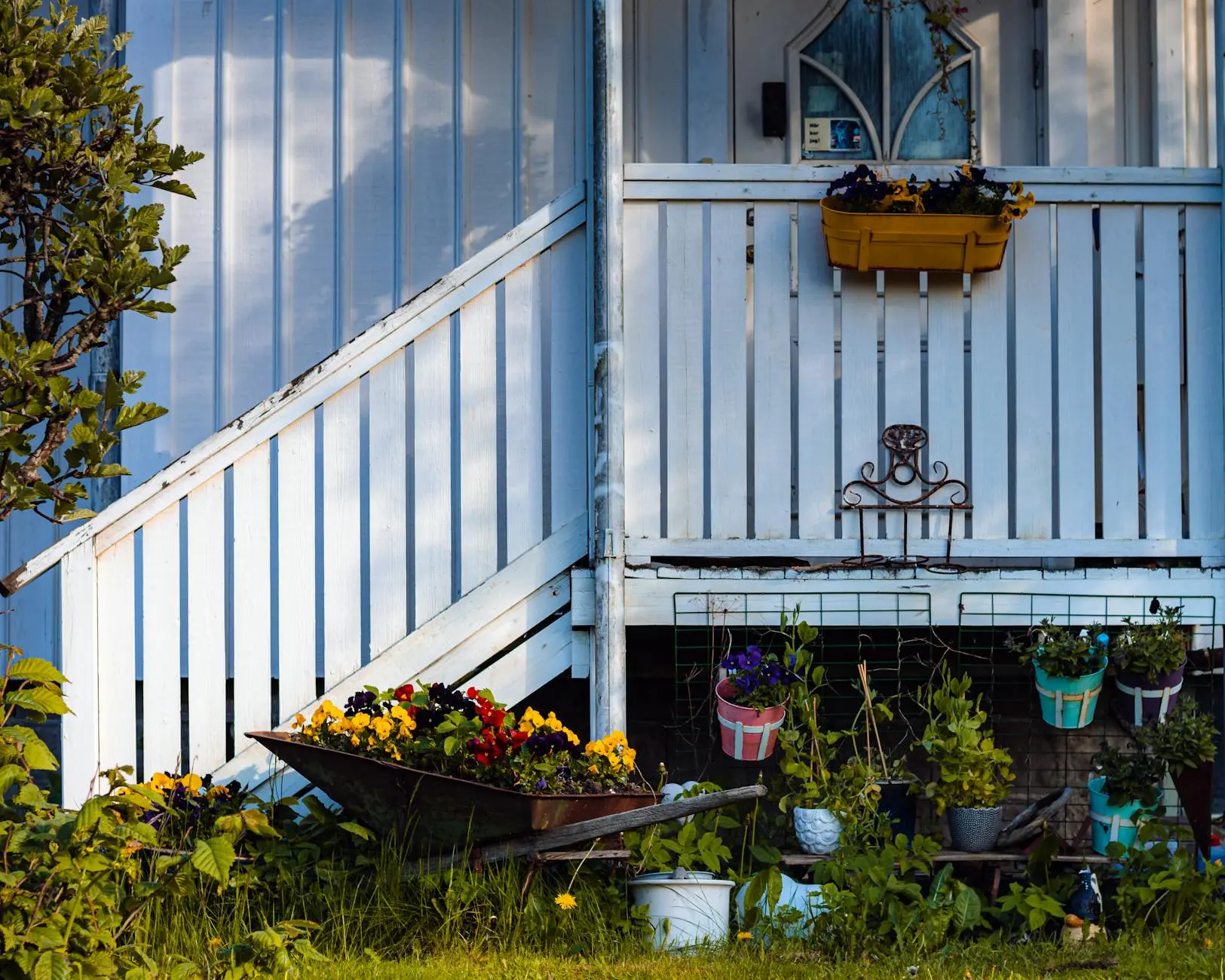
With their vibrant blooms, lush foliage, and adaptability to a variety of settings, geraniums remain a favorite among gardeners. Whether you are looking to brighten borders, spill color from hanging baskets, or enjoy fragrant leaves, geraniums offer an easy-care solution for longstanding garden charm.
Understanding Geraniums: True Geraniums vs. Pelargoniums
The term ‘geranium’ is often used to describe two different genera: the true hardy geraniums (commonly called cranesbill) and the more widely grown, frost-tender Pelargonium species. While both share some similarities, knowing their distinctions will help you choose the right plant for your needs.
- True Geraniums (Cranesbill): Perennial, hardy, symmetrical five-petaled flowers, loved for their subtle, mounding growth and resilience in garden beds.
- Pelargoniums: Tender annuals in most climates, commonly grown as houseplants or summer bedding, featuring bold, often irregular flower shapes and scented leaves.
Types of Geraniums
From perennial garden fillers to cascading balcony bloomers, the variety within the geranium family is truly impressive. Here are the main types to consider for your gardening projects:
Hardy Geraniums (Cranesbill)
- Lifespan: Perennial
- USDA Zones: 4-9
- Flowers: Symmetrical, five-petaled, colors from blue to violet, pink, and white
- Habitat: Ideal for woodland, cottage gardens, and as groundcovers
- Popular Varieties: ‘Rozanne’ (prolific violet-blue flowers all summer), ‘Johnson’s Blue’ (intense blue, dense mounding growth)
Pelargoniums
- Zonal Geraniums: Upright, with banded leaves and dense flower heads; superb for borders and containers
- Ivy-leaved Geraniums: Trailing, ideal for hanging baskets and balcony boxes
- Scented-leaved Geraniums: Grown for their aromatic leaves—scents range from lemon to rose, mint, and more
- Regal and Angel Pelargoniums: Boast flamboyant, often bicolored or patterned blossoms, butterfly-like forms, and compact growth—great for pots or small beds
Color and Flower Forms
Geraniums span a wide palette, from near-black to vivid pinks, oranges, reds, and pure whites. Some boast stripes, spots, or bicolored petals, and can appear as single, semi-double, or rosebud-like double blooms for maximum impact.
- Single-flowered: Natural, simple look
- Semi-double: More color density, longer blooming
- Double: Extra-lush, rosebud effect
Why Choose Geraniums?
- Long blooming season: Many geraniums flower from spring to frost, with some perennials blooming all summer long
- Diverse forms and uses: From edging and groundcover to container spilling and balcony cascading varieties
- Fragrant foliage: Many types release a pleasant scent when touched
- Resilience: Drought-tolerant, salt-tolerant, and adaptable to various soil types once established
- Attract pollinators: Draw bees, butterflies, and beneficial insects to your garden
- Deer resistance: Some varieties are less palatable to deer
Growing and Planting Geraniums
Geraniums are among the easiest flowering plants for gardeners of all skill levels. Here’s how to help them thrive:
How and Where to Plant
- Soil: Well-drained, fertile soil is best. Amend with compost for richer blooms.
- Light: Most geraniums love full sun—aim for at least 6 hours daily for lush growth and abundant flowering. Some hardy types tolerate partial shade, especially in hotter regions.
- Watering: Water deeply whenever the top inch of soil dries out. Once established, geraniums show good drought resilience, but avoid prolonged drought or soggy conditions.
- Spacing: Space 12–24 inches apart, depending on the mature size of the variety, to ensure good air circulation.
- Transplanting: For best results, plant 4-inch transplants outdoors after the last frost.
Feeding and Fertilization
- Feed lightly with a balanced, water-soluble fertilizer every 4–6 weeks during the growing season.
- For scented geraniums, use fertilizer at half the strength to avoid overfeeding.
Pruning and Deadheading
- Remove faded flowers regularly to encourage more blooms.
- Pinch or trim stems to shape plants and stimulate bushier growth.
Overwintering Geraniums
- In cold climates, bring tender pelargoniums indoors before frost. Grow as houseplants in a sunny window or allow to go dormant in a cool, dark place.
- Hardy geraniums can remain outdoors year-round in their designated zones.
Designing with Geraniums
Geraniums’ versatility makes them a valuable player in any planting scheme, from classic cottage gardens to modern patios:
- Borders and Edging: Dense mounding geraniums like ‘Johnson’s Blue’ provide color along pathways and beds.
- Groundcovers and Slope Stabilizers: Spreading varieties brighten up difficult slopes or under taller shrubs.
- Containers and Hanging Baskets: Ivy-leaf and angel pelargoniums are perfect for trailing over containers, window boxes, and baskets.
- Rock Gardens: Tuck resilient geraniums between rocks for a natural softening effect.
- Companion Plantings: Pair with coneflowers, ornamental grasses, and other pollinator-friendly plants for season-long interest.
Popular Geranium Varieties
| Type | Growth Form | Color Range | Best Use |
|---|---|---|---|
| ‘Rozanne’ | Perennial, mounding | Deep violet-blue | Groundcover, borders |
| ‘Johnson’s Blue’ | Perennial, dense | Sky blue | Edging, mounds |
| Zonal Geranium | Upright, bushy | Red, pink, white, salmon | Beds, mixed containers |
| Ivy-leaved Geranium | Trailing | Pinks, purples, red, white | Hanging baskets, window boxes |
| Scented Geranium | Bushy, upright | Varies | Herb gardens, scented corners |
| Angel Pelargonium | Compact, small | Bicolored, pinks, mauve | Small pots, balcony boxes |
Common Pests and Problems
- Aphids and Whiteflies: Rinse off with water or treat with insecticidal soap.
- Botrytis or Leaf Spot: Avoid overhead watering and remove infected leaves promptly.
- Root Rot: Ensure well-drained soil and avoid overwatering.
Frequently Asked Questions (FAQs)
Are geraniums annuals or perennials?
True geraniums (cranesbills) are perennials, while the commonly grown pelargoniums are tender perennials treated as annuals in cool climates.
How much sunlight do geraniums need?
Six or more hours of sun per day is ideal for most types, though some hardy geraniums will tolerate partial shade, especially in hot climates.
How often should I water my geraniums?
Water when the top inch of soil is dry, but do not keep the soil consistently wet. Established plants are fairly drought-tolerant.
Can I grow geraniums indoors?
Yes, particularly pelargoniums. Place them in a sunny window and water when the soil dries out.
What companion plants work well with geraniums?
Geraniums pair beautifully with coneflowers, ornamental grasses, lavender, catmint, and other pollinator-attracting perennials.
Do geraniums deter pests?
The fragrant leaves of some scented geranium varieties can deter mosquitoes and other pests, making them useful around patios and seating areas.
Design Inspiration: Get Creative with Geraniums
- Cottage Borders: Mound true geraniums along paths or mix with daisies, foxgloves, and lavender.
- Balcony Color: Trail ivy-leaved pelargoniums from baskets for a waterfall of blooms.
- Scented Touches: Plant scented-leaved geraniums near entrances, benches, or in herb gardens.
- Front Porch Flair: Fill urns or planters with zonal geraniums and contrasting foliage for classic curb appeal.
- Rock and Gravel Gardens: Use low-growing geraniums to soften rock edges and fill gaps.
Summary: Grow Success with Geraniums
Geraniums present one of the best options for gardeners seeking long-lasting color, ease of care, and multi-season interest. With types to suit every situation—from perennial borders to vibrant containers—there’s a geranium for every space and style. Choose your favorites for a resilient, beautiful garden that delights year after year.
References
- https://www.waysidegardens.com/blog/complete-guide-to-growing-and-caring-for-geranium-plants-
- https://www.marthastewart.com/how-to-grow-and-care-for-geraniums-7504329
- https://pindersnursery.com/our-guide-to-geraniums/
- https://www.gardenista.com/garden-design-101/perennials/geranium/
- https://my-geranium.com/blog/the-world-of-geraniums-their-varieties-and-uses/
Read full bio of Srija Burman



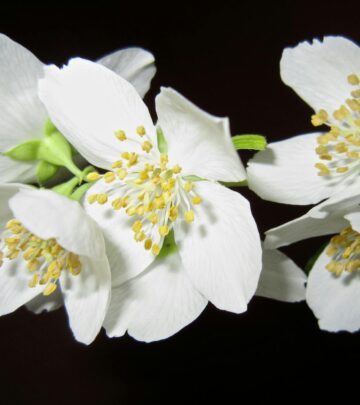
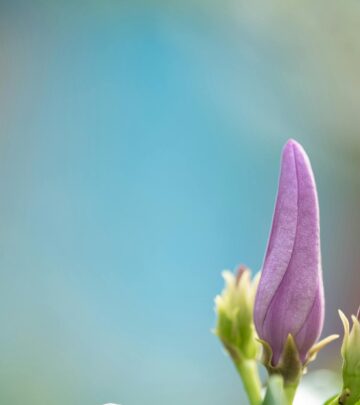
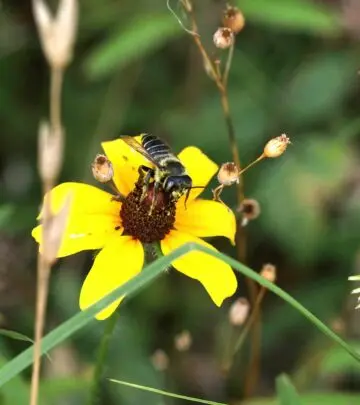

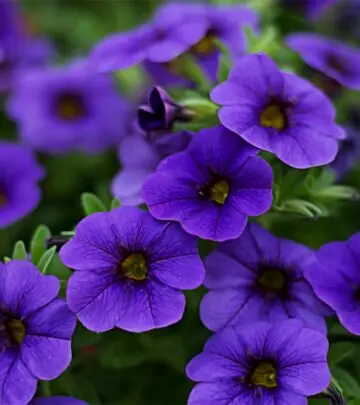
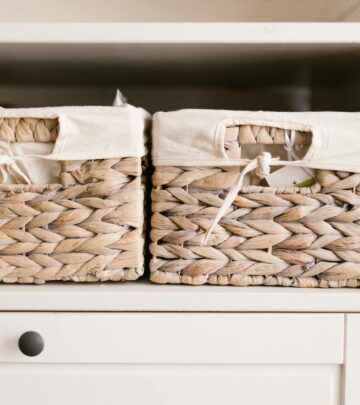




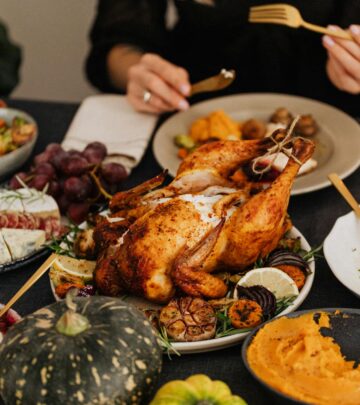




Community Experiences
Join the conversation and become a part of our empowering community! Share your stories, experiences, and insights to connect with other beauty, lifestyle, and health enthusiasts.